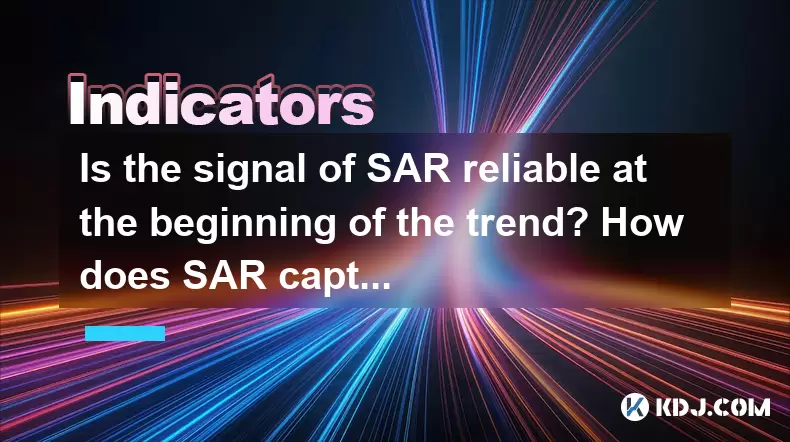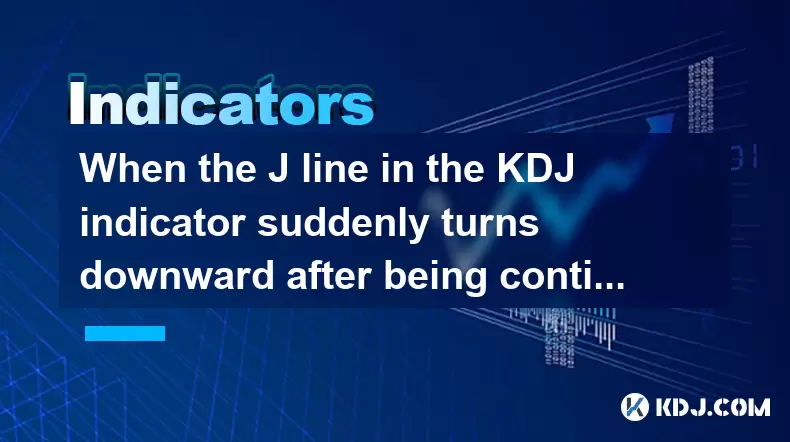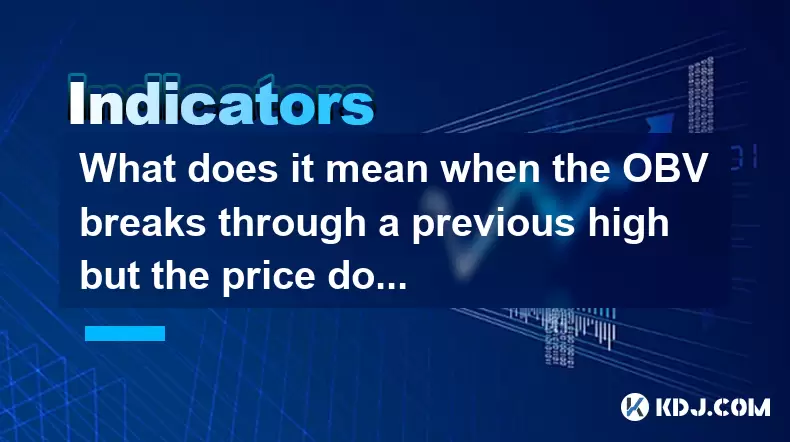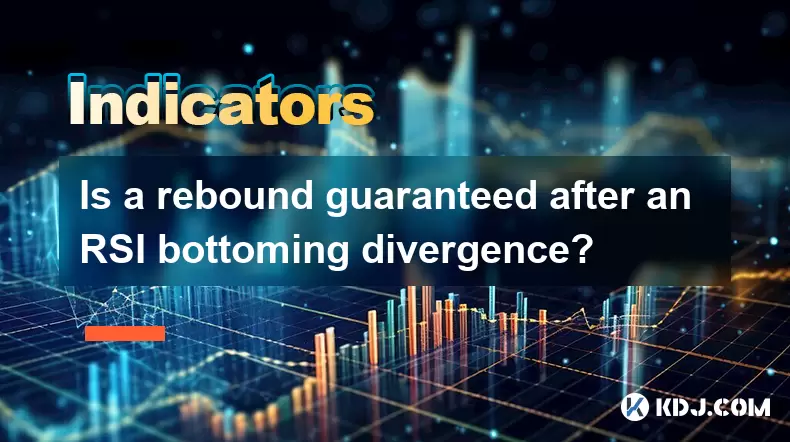-
 Bitcoin
Bitcoin $116700
0.24% -
 Ethereum
Ethereum $3973
4.34% -
 XRP
XRP $3.283
7.68% -
 Tether USDt
Tether USDt $1.000
0.01% -
 BNB
BNB $789.8
2.27% -
 Solana
Solana $176.2
3.31% -
 USDC
USDC $0.9999
0.00% -
 Dogecoin
Dogecoin $0.2238
5.14% -
 TRON
TRON $0.3389
-0.51% -
 Cardano
Cardano $0.7907
4.03% -
 Stellar
Stellar $0.4527
10.02% -
 Hyperliquid
Hyperliquid $41.07
4.27% -
 Sui
Sui $3.794
1.77% -
 Chainlink
Chainlink $19.49
10.40% -
 Bitcoin Cash
Bitcoin Cash $580.9
0.74% -
 Hedera
Hedera $0.2617
4.32% -
 Avalanche
Avalanche $23.41
3.67% -
 Ethena USDe
Ethena USDe $1.001
-0.03% -
 Litecoin
Litecoin $122.4
1.38% -
 Toncoin
Toncoin $3.364
1.49% -
 UNUS SED LEO
UNUS SED LEO $8.988
0.37% -
 Shiba Inu
Shiba Inu $0.00001295
2.82% -
 Uniswap
Uniswap $10.62
5.75% -
 Polkadot
Polkadot $3.922
4.46% -
 Dai
Dai $1.000
0.01% -
 Bitget Token
Bitget Token $4.494
2.15% -
 Monero
Monero $268.0
-1.30% -
 Cronos
Cronos $0.1523
3.68% -
 Pepe
Pepe $0.00001127
4.43% -
 Aave
Aave $285.4
4.85%
Is the signal of SAR reliable at the beginning of the trend? How does SAR capture the trend starting point?
The Parabolic SAR helps traders identify trend reversals in crypto markets, but its reliability at trend starts can vary due to market volatility and settings.
Jun 01, 2025 at 07:35 pm

Understanding the Parabolic SAR Indicator
The Parabolic Stop and Reverse (SAR), often referred to simply as SAR, is a popular technical analysis tool used by traders to determine the direction of a security's momentum and the potential reversal points. This indicator is particularly favored in the cryptocurrency trading community for its ability to provide clear signals for entry and exit points. The question of whether the SAR signal is reliable at the beginning of a trend, and how it captures the trend's starting point, is crucial for traders looking to maximize their strategies in the volatile crypto market.
The Mechanics of Parabolic SAR
The Parabolic SAR operates by placing dots, or points, on a chart to indicate potential reversals in price movement. When the dots are below the price, it suggests an uptrend, and when they are above the price, it indicates a downtrend. The unique aspect of the SAR is its acceleration factor, which increases the sensitivity of the indicator as the trend continues. This acceleration is what allows the SAR to adapt to changing market conditions and potentially capture the start of a new trend.
Reliability of SAR at the Trend's Beginning
The reliability of the SAR signal at the beginning of a trend can be a point of contention among traders. The SAR is designed to follow price movements and can sometimes lag behind the actual start of a trend. This lag occurs because the indicator needs a few data points to establish a trend direction. However, once the trend is established, the SAR can provide reliable signals for continuing the trend.
How SAR Captures the Trend Starting Point
The SAR captures the trend starting point by adjusting its position based on the price's acceleration. When a new trend begins, the SAR's dots will start to align either above or below the price, depending on the direction of the trend. Here's how the process unfolds:
- Initial Positioning: The SAR starts with an initial position based on the previous trend's high or low.
- Adjustment: As the price moves, the SAR adjusts its position, gradually moving closer to the price.
- Trend Confirmation: Once the price breaks away from the SAR, it confirms the start of a new trend.
- Acceleration: The SAR's acceleration factor then kicks in, making the indicator more sensitive to price movements and helping to maintain the trend's direction.
Factors Affecting SAR's Effectiveness at Trend Start
Several factors can affect the effectiveness of the SAR at the start of a trend. These include:
- Volatility: High volatility in the crypto market can lead to false signals, especially at the beginning of a trend.
- Time Frame: The chosen time frame can impact the SAR's sensitivity. Shorter time frames may result in more frequent signals, while longer time frames provide more stable but delayed signals.
- Acceleration Factor: The default acceleration factor is 0.02, but traders often adjust this to suit their trading style and market conditions.
Practical Application of SAR in Cryptocurrency Trading
When applying the SAR in cryptocurrency trading, traders should consider the following steps:
- Choose the Right Time Frame: Depending on your trading strategy, select an appropriate time frame. Shorter time frames like 15-minute or 1-hour charts can be used for day trading, while longer time frames like daily or weekly charts are better for swing trading.
- Set the Acceleration Factor: Experiment with different acceleration factors to find what works best for your trading style. A higher factor can make the SAR more responsive but may also increase the likelihood of false signals.
- Combine with Other Indicators: To increase the reliability of SAR signals, especially at the start of a trend, combine it with other indicators like the Moving Average Convergence Divergence (MACD) or the Relative Strength Index (RSI).
- Monitor for Reversals: Keep an eye on the SAR dots. A reversal signal occurs when the dots flip from one side of the price to the other, indicating a potential change in trend direction.
Interpreting SAR Signals at the Trend's Beginning
Interpreting the SAR signals at the beginning of a trend requires careful observation. When the SAR dots start to form below the price after a downtrend, it may signal the start of an uptrend. Conversely, dots forming above the price after an uptrend could indicate the beginning of a downtrend. Traders should look for confirmation from other technical indicators to validate these signals.
Frequently Asked Questions
Q1: Can the Parabolic SAR be used effectively in all cryptocurrency markets?
The effectiveness of the Parabolic SAR can vary across different cryptocurrency markets. Highly volatile markets like Bitcoin or Ethereum may produce more false signals, while less volatile altcoins might provide more reliable SAR signals. Traders should always consider the specific characteristics of the cryptocurrency they are trading when using the SAR.
Q2: How does the Parabolic SAR perform in sideways markets?
In sideways or ranging markets, the Parabolic SAR can generate numerous false signals, as it is designed to capture trends. Traders should be cautious and possibly use other indicators to confirm trends in such market conditions.
Q3: Is it possible to adjust the Parabolic SAR settings for better performance at the start of a trend?
Yes, traders can adjust the acceleration factor and the initial step value of the Parabolic SAR to better suit their trading strategy. A lower acceleration factor might help in reducing false signals at the beginning of a trend, though it could also delay the indicator's responsiveness.
Q4: How should beginners approach using the Parabolic SAR in cryptocurrency trading?
Beginners should start by using the Parabolic SAR on a demo account to understand its signals and behavior. It's crucial to combine the SAR with other indicators and to practice interpreting the signals in various market conditions before applying it in live trading.
Disclaimer:info@kdj.com
The information provided is not trading advice. kdj.com does not assume any responsibility for any investments made based on the information provided in this article. Cryptocurrencies are highly volatile and it is highly recommended that you invest with caution after thorough research!
If you believe that the content used on this website infringes your copyright, please contact us immediately (info@kdj.com) and we will delete it promptly.
- Navigating the Crypto Market in 2025: Smart Decisions for the Meme Supercycle
- 2025-08-09 08:50:12
- DeFi, Tokenized Stocks, and NFTs: A Wild Ride in the Crypto Cosmos
- 2025-08-09 08:30:11
- AERO Price Skyrockets: Aerodrome Finance Sees Massive Surge Amid Coinbase Buzz
- 2025-08-09 08:55:19
- Coinbase, Cosmos, and dYdX: Navigating the Crypto Currents
- 2025-08-09 06:30:16
- BNB Price, Altcoins, and Predictions: What's the Buzz?
- 2025-08-09 06:30:16
- Crypto Presale Projects Primed for Gains in 2025: A New Yorker's Take
- 2025-08-09 06:50:15
Related knowledge

When the J line in the KDJ indicator suddenly turns downward after being continuously overbought, does it indicate a top?
Aug 09,2025 at 06:35am
Understanding the KDJ Indicator and Its ComponentsThe KDJ indicator is a momentum oscillator widely used in cryptocurrency technical analysis to ident...

What does it mean when the TRIX indicator suddenly diverges downward after a long period of convergence?
Aug 09,2025 at 12:56am
Understanding the TRIX Indicator in Cryptocurrency TradingThe TRIX indicator, or Triple Exponential Average, is a momentum oscillator used in technica...

What does it mean when the OBV breaks through a previous high but the price doesn't reach a new high?
Aug 09,2025 at 07:57am
Understanding the On-Balance Volume (OBV) IndicatorThe On-Balance Volume (OBV) is a technical analysis indicator that uses volume flow to predict chan...

Why is the rise limited after a MACD bottoming divergence?
Aug 09,2025 at 12:07am
Understanding MACD Bottoming Divergence in Cryptocurrency TradingThe MACD (Moving Average Convergence Divergence) is a widely used technical indicator...

What does it mean when the OBV continues to rise but the price is trading sideways?
Aug 08,2025 at 10:35pm
Understanding On-Balance Volume (OBV)On-Balance Volume (OBV) is a technical indicator that uses volume flow to predict changes in stock or cryptocurre...

Is a rebound guaranteed after an RSI bottoming divergence?
Aug 09,2025 at 08:42am
Understanding the Role of Private Keys in Cryptocurrency SecurityIn the world of cryptocurrency, private keys are the cornerstone of ownership and sec...

When the J line in the KDJ indicator suddenly turns downward after being continuously overbought, does it indicate a top?
Aug 09,2025 at 06:35am
Understanding the KDJ Indicator and Its ComponentsThe KDJ indicator is a momentum oscillator widely used in cryptocurrency technical analysis to ident...

What does it mean when the TRIX indicator suddenly diverges downward after a long period of convergence?
Aug 09,2025 at 12:56am
Understanding the TRIX Indicator in Cryptocurrency TradingThe TRIX indicator, or Triple Exponential Average, is a momentum oscillator used in technica...

What does it mean when the OBV breaks through a previous high but the price doesn't reach a new high?
Aug 09,2025 at 07:57am
Understanding the On-Balance Volume (OBV) IndicatorThe On-Balance Volume (OBV) is a technical analysis indicator that uses volume flow to predict chan...

Why is the rise limited after a MACD bottoming divergence?
Aug 09,2025 at 12:07am
Understanding MACD Bottoming Divergence in Cryptocurrency TradingThe MACD (Moving Average Convergence Divergence) is a widely used technical indicator...

What does it mean when the OBV continues to rise but the price is trading sideways?
Aug 08,2025 at 10:35pm
Understanding On-Balance Volume (OBV)On-Balance Volume (OBV) is a technical indicator that uses volume flow to predict changes in stock or cryptocurre...

Is a rebound guaranteed after an RSI bottoming divergence?
Aug 09,2025 at 08:42am
Understanding the Role of Private Keys in Cryptocurrency SecurityIn the world of cryptocurrency, private keys are the cornerstone of ownership and sec...
See all articles

























































































